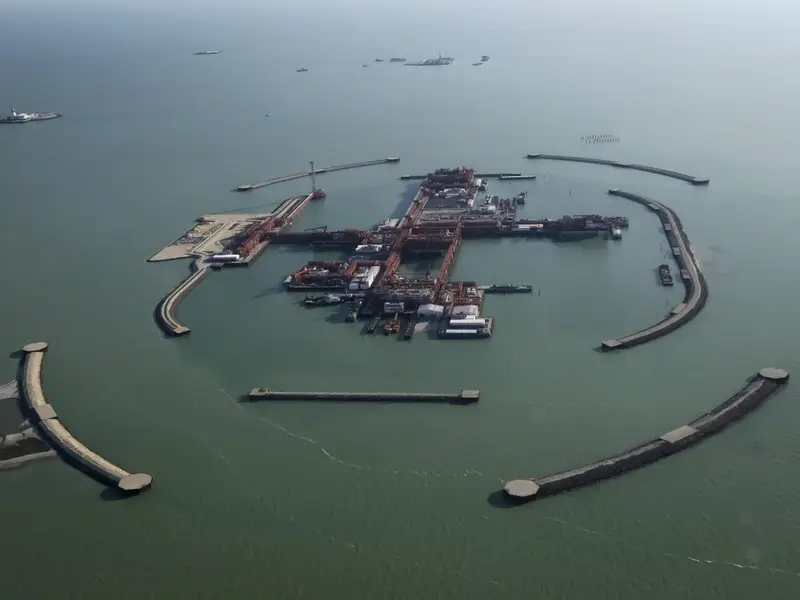A possible oil spill in Kazakhstan's Kashagan Oilfield has sparked concern in Iran with pollution risks to the country's Caspian Sea coast.
Globus, an environmental organization in Kazakhstan, reported that satellite imagery had detected a significant oil spill in the northern Caspian Sea vicinity of Kashagan. Galina Chernova, director of Globus, shared on Facebook that images from the European satellite Sentinel-1A depicted a slick spanning approximately 7 square kilometers (2.7 square miles).
However, North Caspian Operating Company, primarily owned by Western oil majors such as Shell and Exxon Mobil, overseeing the Kashagan field, dismissed the claims, attributing the satellite images to a different, natural phenomenon.
The oil pollution in the Caspian Sea poses a significant threat to Iran's environment and economy. As one of the Caspian littoral states, Iran is particularly vulnerable to the consequences of oil spills and pollution in the region. The spills not only endanger marine life and ecosystems but also impact Iran's fishing industry, which relies heavily on the health of the Caspian Sea.
The contamination can also affect coastal communities and pose health risks to residents who rely on the sea for their livelihoods.
Iran stands as the sole Caspian Sea littoral state refraining from oil and gas extraction activities, contrasting with Russia, Azerbaijan, and other nations which have collectively invested over $160 billion in Caspian fields.
In 2024, all littoral states, with the exception of Iran, are striving to boost oil and gas production from the fields. Their combined output from the fields amounted to over 1.2 million barrels per day of oil and 50 billion cubic meters per year of gas in 2023.

